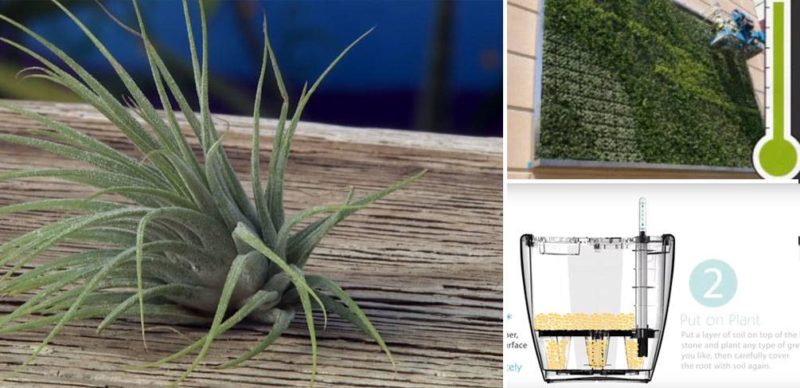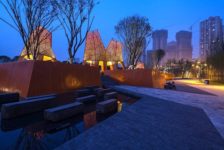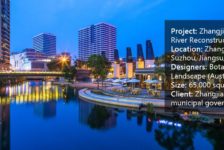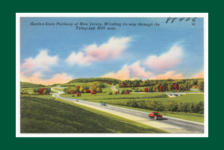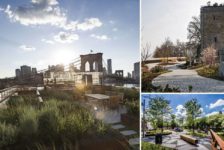Article by Eleni Tsirintani We explore 5 ways to integrate planting with interior design so that you can achieve optimal results and a sustainable planting scheme. There is an increasing tendency in architecture to connect and integrate vegetative elements into designs. Green roofs and vegetated areas around built volumes become important ingredients in the creative process. The environmental benefits of this approach are great in terms of energy consumption, noise filtration, and air purification. Real estate assessment is also affected. The “greener” the approach, the higher the sales or rental prices are. Allowing vegetation to thrive indoors is an emerging expression of this tendency. This article presents five creative ways to incorporate plants with interior design. The advantages of each method are thoroughly analyzed, as well as what to bear in mind when deciding how to approach interior planting in every case.
Planting with Interior Design
1. Built-in Planted Surfaces
Built-in planted surfaces in architecture allow you to do practically anything in terms of planting arrangement. Plant big trees, have a large variety of plants providing a lush result, or create a living ecosystem from scratch. It can become focal point of the building design and provide great benefits in terms of air purification, working productivity, and aesthetic value. However, this is an approach that should be considered in the early stages of the design and building process. One should take into account all the infrastructure issues for a successful intervention, such as drainage, irrigation, light exposure, and ventilation. Plant selection should also be decided early on, since it would define both the planting bed depth and ceiling height. You would not expect a tree to thrive in a 20cm deep planter nor in a space with a 3m high ceiling. Would you?
2. Pot Arrangement
If built-in planters are not an option, then a pot arrangement could become a good alternative. There are a variety of pots for every preference or demand. Planting pot design has actually evolved so much lately, that one could find anything they want. The development of self-irrigated pots makes this option even more attractive. Self-irrigated pots minimize the frequency of watering the plants and provide them with the exact degree of humidity they need in order to grow. What is also great about pot arrangement is that it can be rearranged as many times as you wish. More planters could be added to the design and thus allow for a flexible approach according to the user’s demands and preferences. Obviously, the scale of such an intervention is limited. Large trees will not grow in a pot due to the limited planting surface. Having too many pots is not practical either. A designer should consider pots as elements of the interior equipment, such as furniture, and they should be integrated into the total space arrangement. WATCH >>> GreenSun Hydro Series Self Watering Planter Pots
3. Green Walls
Green walls have appeared in corporate spaces such as offices, hotels, and so on, and they have created an impact on interior planting design. They provide a green, lush result and blend with other architectural elements very successfully. However, there are certain restrictions. Like built-in planters, green walls should be integrated as early as possible into the architectural design. The construction cost could range from high to very high. The plant selection is not very wide since there are only a small number of specific plants that can grow vertically. Fortunately, this is a technique that is expanding rapidly, allowing for further methods and approaches to be developed. WATCH >>> The Benefits of Living Green Walls
4. Air Plants
Air plants are a way to integrate small-scale vertical or horizontal planting without having any soil or other kind of infrastructure whatsoever. Air plants belong to the genus of Tillandsia spp.. Tillandsia spp. are found in nature on tree bark. There are more than 600 species in this plant family. One can only imagine the variety of combinations and arrangements to develop with air plants. They are of small size and they can be placed in glass pots, on plates, on the wall or anywhere you please. However, to maintain a beautiful arrangement with air plants, one should bear in mind the following: Regular misting instead of watering. Besides, there is no pot to water! Sufficient ventilation plays a key role in air plants’ growth, obviously. Since there is no soil, nutritional elements should be provided to the plants through regular fertilizing. Direct sunlight is not very favourable for air plants, nor a very dry environment. If you follow these guidelines, air plants could become an excellent enhancement for your interior space. WATCH >>> Air Plants: Biology and Diversity
5. String Garden A string garden is an arrangement of small and/or medium plants hanging from the ceiling. String gardens reveal planting spaces in less obvious spots. The plants are suspended with garden twine. There is no need for pots in string gardens. The plant root ball is wrapped up in a moss cover that keeps the root ball intact. It is easy to create your own string garden. The following YouTube video will guide you though the process. WATCH >>> DIY Hanging String Garden – Green Renaissance
In order to water the hanging plants you should remove them and dampen the root ball in water. You should allow it to soak before placing it back on the string. If you consider planting indoors check the following article “10 Great Plants for Interior Planting”, which presents a selection of plants that thrive indoors. Interior space planting could prove a new field of experimentation and exploration for professionals and non-professionals. It could become the starting point where architecture and landscape architecture merge into one consistent and coherent result. Have you picked your method to plant indoors, yet?
Recommended Reading:
- Rooted in Design: Sprout Home’s Guide to Creative Indoor Planting by Ten Speed Press
Article by Eleni Tsirintani
Published in Blog


